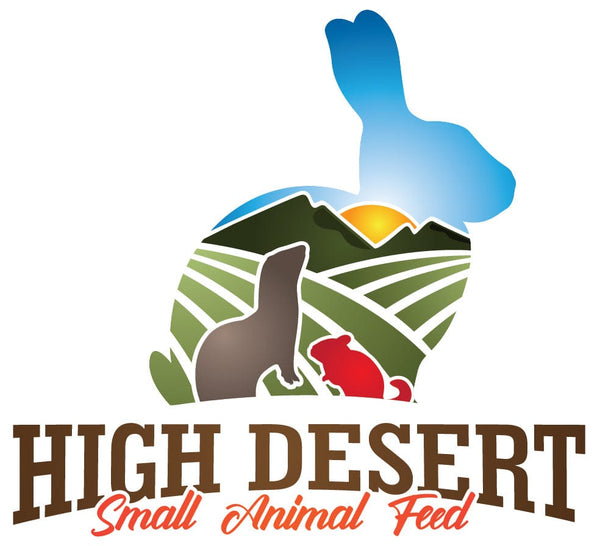Winter Projects & Farm Planning
Summer is definitely over and the fields are dormant, so what are we up to during the winter months (besides, of course, making sure we continue to ship you our top-quality world-class hay and provide amazing customer service)?
Winter Projects!
Winter projects can range from large additions or upgrades (erecting an equipment shed or a hay barn) to making more permanent repairs to the quick and temporary fixes we made (welding brackets on equipment that we tied together with baling twine) in order to get us through the crop or the season. Yes, baling twine is quite handy at times!
The first order of business is winterizing our equipment. This includes oil and fluid changes, tire changes, stabilizing the fuel, and the arduous task of getting hay out of every hidden nook and cranny of our equipment so it doesn’t begin to rust over the winter.

Once the equipment is put to bed, we turn our attention to the farm and this year that includes fixing washouts in our ditches and irrigation boxes and ensuring our fences are cow-tight so we can graze cattle through the winter as a part of our sustainable farming practices.

As all this is happening, we are gathering information to make overall farm planning decisions for next year. Soil samples are taken across our fields to assess the health of the ground and determine what inputs (if any) are needed to keep our soils healthy. The health of our soil is a major concern to us because by keeping our soil healthy, our plants and crops will follow suit. We do things like add potash and gypsum to the soil to control the nitrogen and pH levels respectively. With healthy soil, we are able to grow healthy plants with fewer inputs (think less fertilizer, etc) throughout the growing season.
Then we take the results of the soil samples and the production of each individual field into account to decide whether we should rotate crops or take any fields out of production. If crop rotations are necessary, we look at things like the nutrients that different crops put back into our soils to complement our Alfalfa production, and then carefully select the crop varieties and seeds that we will use that are best suited to our cool, dry climate in the High Desert of Northern Nevada. Being situated in the High Desert like we are, drought tolerance is a major factor for us as well as the water levels in our reservoirs and snowpack in the mountains when deciding what crops to plant. Crops we rotate out with Alfalfa include corn, wheat, barley, oats, rye, triticale, and teff, just to name a few.
Stay tuned and follow us for more updates as we share with you our challenges, adventures, and experiences of farming in the High Desert!
-George

